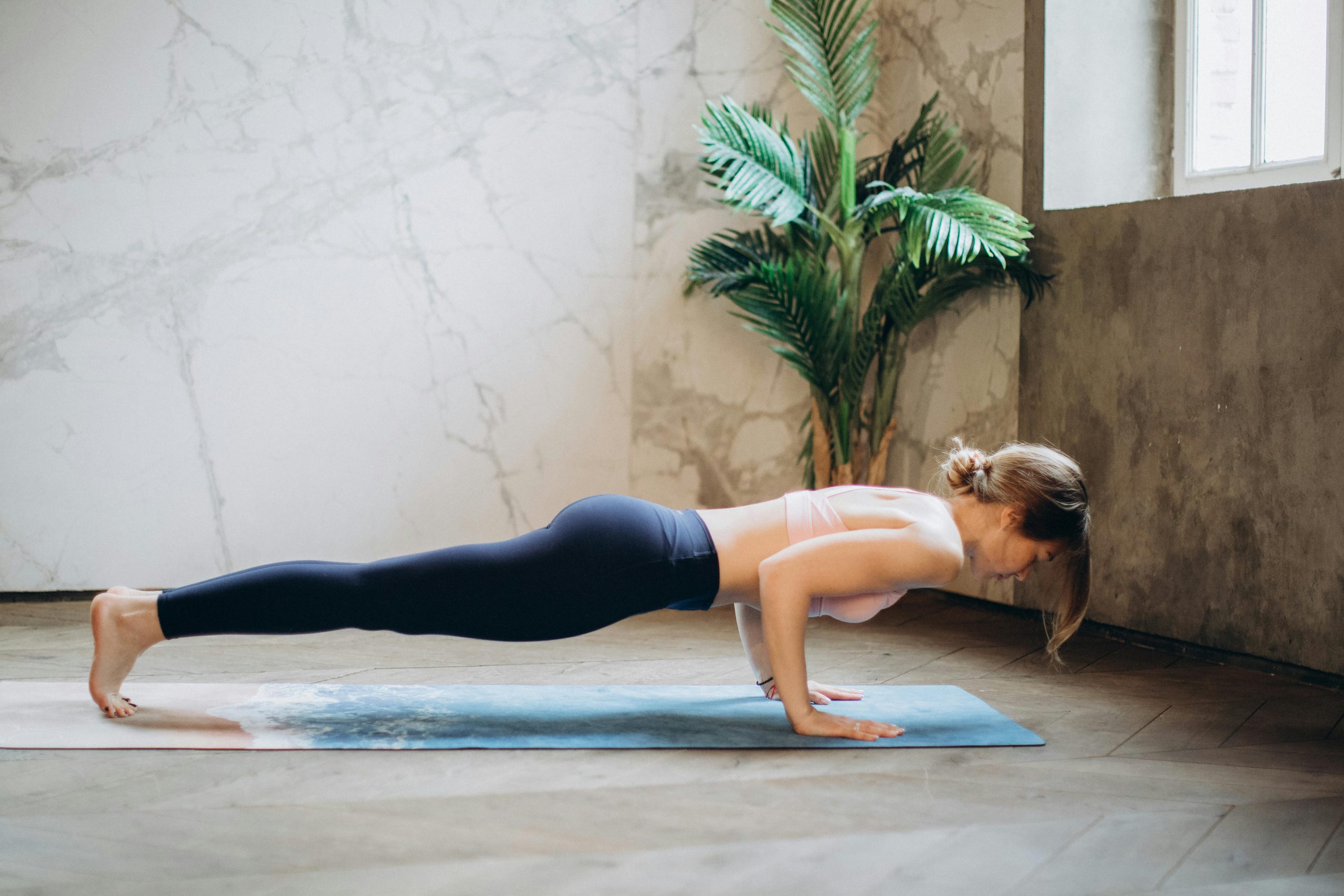
Becoming a mom changes everything—your priorities, your schedule, and even your fitness routine. If you’re itching to get back to running after baby, it’s totally understandable. But it’s important to take a balanced approach to running postpartum. You want to get back in shape, but it’s just as important to make sure your body recovers properly first. Let’s dive into how you can balance getting back into running while respecting your body’s recovery process.
Why Running Postpartum Is Important
Running postpartum can be super beneficial, both for your body and mind. But before you jump into a new running routine, it’s good to know why it matters.
- Mental Health Boost: Exercise is one of the best ways to lift your mood. Running can help you feel more like yourself again, boost your energy, and reduce any postpartum anxiety or baby blues.
- Cardio and Strength: Running gets your heart pumping and helps you build overall strength, especially in your legs and core.
- Manage Weight: While it’s not about rushing back to your pre-pregnancy body, running can help with gradual weight management in a healthy way.
- Energy and Stamina: We all know motherhood can be exhausting. Running can help you fight fatigue and feel more energized throughout the day.
That said, while running can help you feel better, it’s important to give yourself some grace and take your time.
When Is It Safe to Start Running After Childbirth?
One of the most common questions moms have is: When can I start running postpartum? Well, it depends on a few things—like how you delivered and how your recovery is going.
Vaginal Birth
If you had a vaginal birth, most moms are ready to start walking and light exercise around 6-8 weeks postpartum, depending on how they’re feeling. After that, it might be okay to add in some gentle jogging, but it’s all about listening to your body. If you feel strong and don’t have any pelvic discomfort, you can try adding short runs into your routine.
C-Section Recovery
If you had a C-section, your body needs a bit more time. Most doctors recommend waiting about 10-12 weeks before trying to run again. Your abdominal muscles, especially near the incision site, need time to heal and strengthen. Again, your doctor can give you a clear timeline based on how you’re feeling.
Trust Your Body
No matter how you delivered, the key is to listen to your body. Pay attention to how you feel after each workout. If something doesn’t feel right—like pelvic pain, discomfort in your abs, or unusual fatigue—slow down and give yourself more time to recover.
The Importance of a Gradual Approach to Postpartum Running

Jumping right back into a full running routine can put a lot of stress on your body, especially if it’s been a while since you’ve run. Starting slow and building up is key, and having a well-structured postpartum workout plan can help guide you through the process. It ensures that you’re gradually increasing your activity levels while respecting your body’s recovery time.
1. Start with Walking
Walking is the perfect way to ease into fitness after childbirth. It’s low-impact and gets your body used to moving again. Start by walking for 20 minutes a few times a week, and as you feel stronger, increase the time or pace.
2. Add Short Jogging Intervals
Once you’ve been walking for a while without discomfort, it’s time to add a little jogging. Start with short 30-second jogs mixed with walking. Gradually increase the jogging time while reducing the walking breaks. You might start with a 1:2 jog-to-walk ratio, and then move to 1:1, depending on how you’re feeling.
3. Focus on Your Core
Your core took a hit during pregnancy, so now’s the time to focus on rebuilding it. Strong core muscles help keep you stable when you run and prevent injury. Start with simple exercises like pelvic tilts and glute bridges to get your abs and pelvic floor back in shape.
4. Increase Distance Slowly
Running longer distances is exciting, but don’t rush it. Focus on gradually increasing both your time and distance by about 10% per week. That way, you give your body time to adapt without overwhelming it.
Setting Realistic Fitness Goals Postpartum
It’s totally natural to want to set goals, but keep in mind that your body’s been through a lot. It’s okay to take things one step at a time. Setting small, realistic goals will keep you motivated and prevent you from feeling frustrated.
1. Start Small and Build Gradually
Instead of jumping into long runs right away, aim for shorter runs first—maybe 15-20 minutes. As you build strength and stamina, you can increase your distance over time. Small wins will keep you motivated and boost your confidence.
2. Recovery Comes First
As much as you might want to hit those fitness milestones, make sure you’re not overdoing it. Your body’s still recovering, and that’s more important than hitting a certain pace or distance. Focus on steady progress and don’t rush the process.
3. Make Time for Rest
As a new mom, rest can be hard to come by, but it’s just as important as exercise. Don’t feel guilty about taking rest days or adjusting your workout routine to fit your new lifestyle. Overtraining can lead to injury and burnout, so listen to your body and rest when you need to.
4. Fit Running Into Your New Routine
Between feedings, diaper changes, and naps, your schedule may be unpredictable. Don’t stress if you can’t run every day. Find times when you can squeeze in a short run, even if it’s only a few times a week. Consistency matters more than trying to hit a certain number of runs each week.
Postpartum Running and Core Strength

A big part of running postpartum is rebuilding your core strength. Your abs and pelvic floor muscles have gone through a lot, so it’s important to give them some extra attention before you start running long distances.
Core-Strengthening Exercises
Here are some simple exercises that will help you build core strength:
- Pelvic Tilts: Lie on your back with your knees bent. Tighten your stomach muscles and tilt your pelvis slightly, pressing your lower back into the floor. Hold for a few seconds, then relax. Do 10-15 reps.
- Bridges: Lie on your back with knees bent and feet flat on the floor. Lift your hips to form a straight line from your shoulders to your knees, then lower back down. Repeat 10-12 times.
- Planks: Start on your forearms and knees, keeping your body in a straight line. Hold for 15-30 seconds, then rest. As you get stronger, you can increase your time.
These exercises will help give your core the strength it needs to support your running and reduce the risk of injury.
How to Prevent Common Running Injuries Postpartum
As you ease back into running, there are some common injuries to watch out for. But don’t worry—most of these can be prevented with a little attention to form and recovery.
- Take it Slow: It can be tempting to push yourself too hard, but overdoing it can lead to stress injuries. Start slow, increase your mileage gradually, and pay attention to how your body feels.
- Strengthen Your Pelvic Floor: Many moms struggle with pelvic floor weakness postpartum. Strengthening this area with Kegels or other exercises will help prevent issues like incontinence and pelvic discomfort.
- Proper Footwear: Make sure your running shoes are comfortable and offer good support. Pregnancy can change the shape of your feet, so you might need new shoes for the best fit.
Wrapping Up
Running postpartum is an amazing way to feel strong and get back to doing something you love. But remember, it’s important to balance recovery with fitness goals. Give your body the time it needs to heal and rebuild strength. Set small, realistic goals, listen to your body, and celebrate the little wins.
Postpartum running is about finding your stride—both literally and figuratively. So take it one step at a time, and know that you’ll get there when your body is ready. Happy running!
